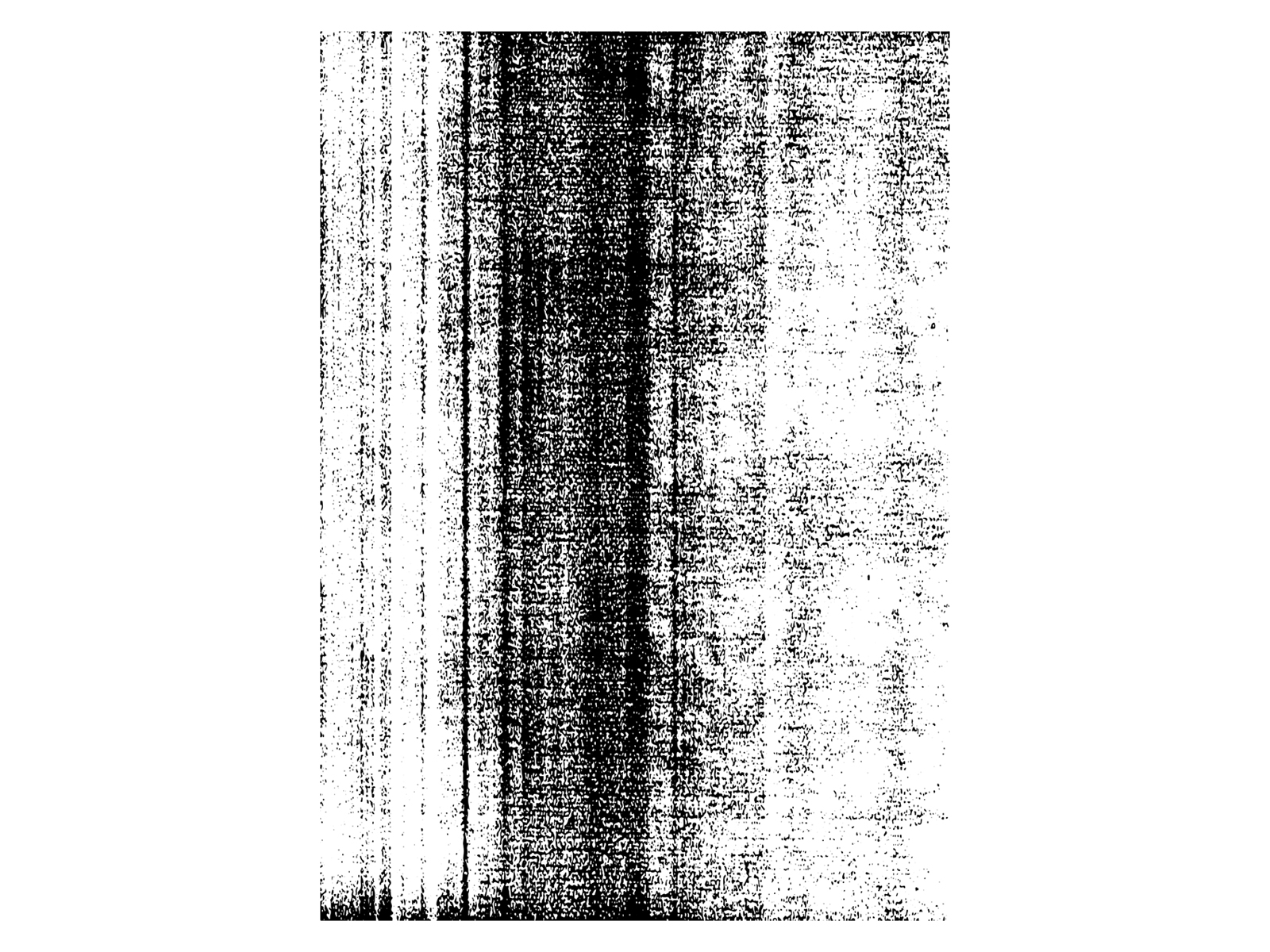

With the texture layer selected, hit CTRL or CMD + L to open the Levels dialog. We can adjust how the Blending Mode treats the texture by using a Levels Adjustment to dial-in a more subtle look. This texture has a lot of dark, heavy lines that might just be too distracting for a simple Blending Mode change. Some textures might need additional adjustments to help them blend more naturally into a photo. This will ensure that any adjustments we add can be changed or removed later. There are a variety of tools we can use alongside Blending Modes to affect how the texture layer appears in the image below.īefore trying any of these, be sure to right-click on the texture layer and select Convert to Smart Object. Then, simply paint over any spots or areas you want to cover up. This will take a sample of that area that you can use to cover up spots you don’t want.
Hit ALT or OPTN and click on an area where the texture looks good. Select the Clone Stamp Tool and set the Sample option in the top toolbar to Current Layer. You can also remove any spots from the texture that are too obvious or distracting. This will allow the texture layer to once again be visible over top of the subject, but with a much more subtle effect. You can change the Density of the Layer Mask by selecting the Mask and then raising the Density Slider within the Properties Menu. We just want to reduce the texture over the subject, not remove it completely. This will make it so the texture does not appear at all over top of the subject. Select the Layer Mask icon and hit CTRL or CMD + I to invert it. Make the texture layer visible, and then, with the subject selection still active, add a Layer Mask to the texture layer. This will create a rough selection of the subject in the photo. Then go to the Select Menu and choose the Subject option. Make any texture layers invisible and select the background image with the subject. It’s easy enough to reduce the effect the texture has on the subject. Texture effects on people can either be distracting or create an unflattering result. Textures can add style, but we don’t want them to interfere too much with the subject. This is the basic way to extract a texture from an image and apply it to another photo. Once you’ve found a Blending Mode that works, you can rotate and transform the texture layer so that it covers the background photo! And, when in doubt, Soft Light and Overlay tend to be very reliable when applying most textures to another image. Doing so made a lot of the layer invisible, leaving behind only subtle traces of the texture we want.īlending Modes can be changed or set back to Normal at any time, so cycle through each of them to see what you like. In the image above, we’ve set the texture layer to the Soft Light Blending Mode. It’s easy enough to experiment with them to see what effects that create.
#TEXTURE PHOTOCOPY PRO#
That may sound complicated (and if it does, we have an entire PRO course that goes over everything you could ever want to learn about Blending Modes), but you don’t need to know exactly how Blending Modes do what they do. Blending Modes allow us to tell Photoshop how we want a Layer in the Layer Stack to interact with all of the Layers underneath it. The main tools that we’ll be using are Blending Modes. Once the texture is on top of the main image, it’s relatively easy to start blending it into the photograph below. To get started, simply drag and drop the image you want to use as a texture over top of the photograph.
#TEXTURE PHOTOCOPY HOW TO#
We’re going to show you how to apply three different textures using a variety of tools and techniques to dial in the right look. You can also get creative with these as well with images of clouds, or even birds-eye landscape photos. The most obvious type are close-up shots of various surfaces and materials (weathered paper, metal, fabric, etc). Next, you’ll need some images that will function as textures.

(For our example, we chose a dark and moody image.) Generally, a moody, dramatic, or stylish image tends to work best. Better yet, they’re relatively easy to apply once you have the right ingredients.įirst, you’ll need a photograph that would benefit from adding textures. Textures are a great way to add style and drama to a photograph.


 0 kommentar(er)
0 kommentar(er)
